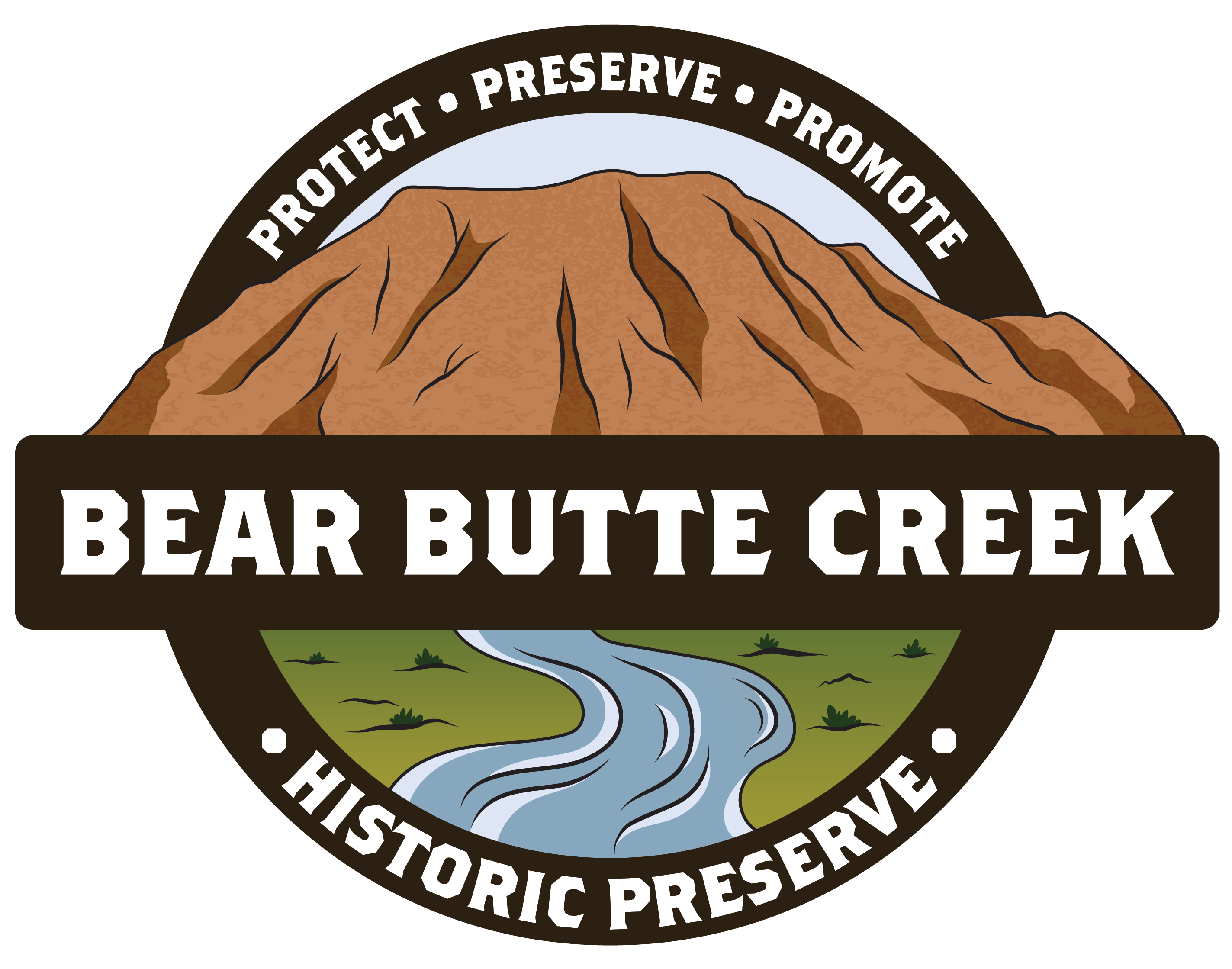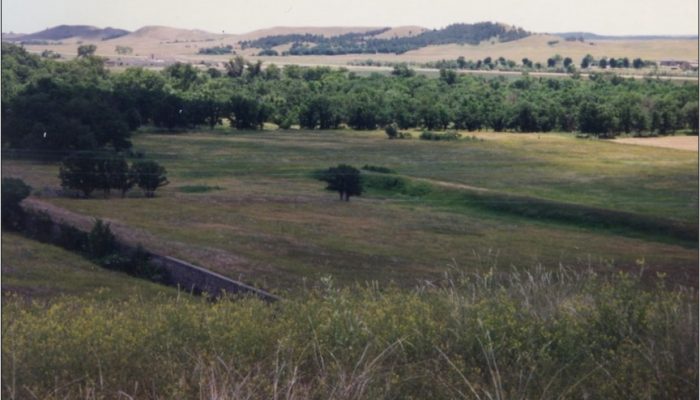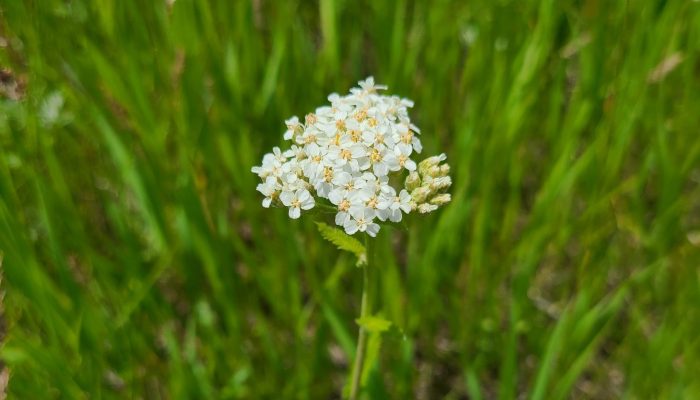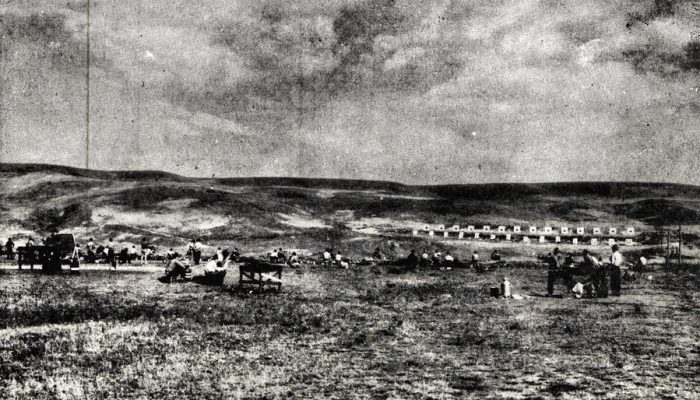Project Info
Project Description
The History
Native American occupation began as early as 14,000 years ago through to the present. The Fort Laramie Treaty was signed in 1868 reserving western Dakota Territory for the Lakota and their allies.
Petroglyphs
The Old Fort Meade Museum is home to a petroglyph rock, discovered by Fort Meade resident John Trumpe in the late 1960s. The rock appears to have images of multiple deer and a duck. It suggests very early human habitation pre-dating Crow and Lakota Indian tribes.
Teepee Rings
Teepee rings have been discovered in the valleys surrounding Bear Butte. A teepee ring is a circle of stones that once held down the sides of teepee (lodge).
Burials
While not fully documented, it is believed that there may have been Native American burial scaffolds for sky burials in the area.
Grand Council
Lakota and allied Indian nations held a grand council in 1857 at Bear Butte over defending the Black Hills from White intruders.
Next to the Preserve, a South Dakota Historical Marker installed in 1959 reads, “This area, extending along Bear Butte Creek, was for centuries a select camp site for the Plains Indians, who found here mountain spring water, wood, protection from the bitter north winds, together with much game and wild fruit in season. Here, or nearly adjacent, was held the Grand Council of 1857 attended by many bands of Plains Indians. This council determined to resist white advance into their lands and most particularly the mountainous area, now known as the Black Hills.
Crazy Horse, an Oglalla, then a young man, was inspired by this plan of resistance and vowed to dedicate his life to this cause. While the participants did not strictly adhere to the principles then agreed upon, the hostility and discontent of the next two decades culminated in the Battle of the Little Big Horn in 1876. Ft. Meade, adjacent hereto, first established as Camp Ruhlen in August 1878, was often obliged to house, feed and clothe Indian encampments here. For years Oglallas under Chief Lips claimed this as their abode but with the coming of settlers and the establishment of Reservation boundaries the site was abandoned. Today, mute testimony to the use and extent of this site by the Indians is to be seen in the numerous scars, made by sharpening tools, in the great rock walls to the north and on the huge floodplain boulders lying near the Creek.”
[masterslider id=”4″]
*Bear Butte (Mato Paha) Indian Camp Photo Credit to Historical Marker Database*





